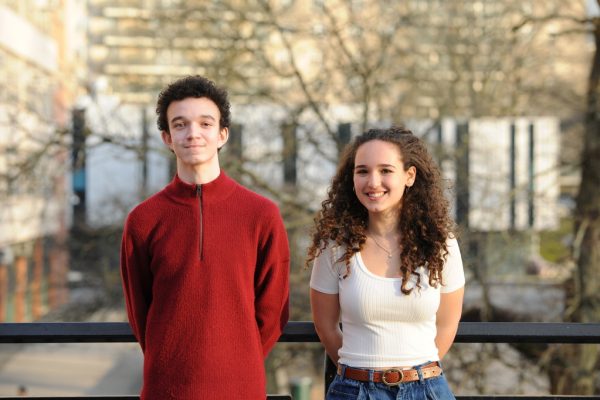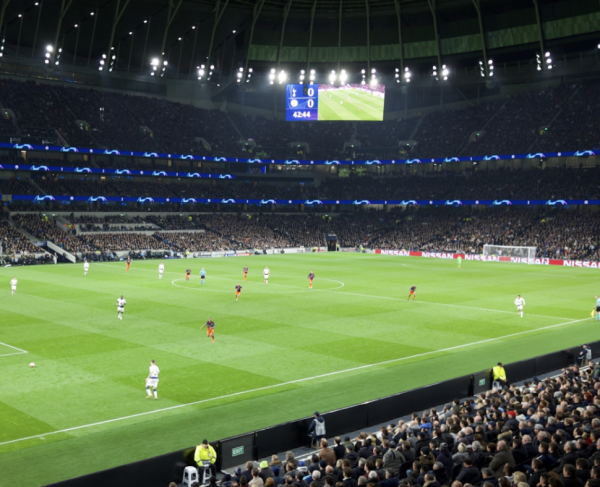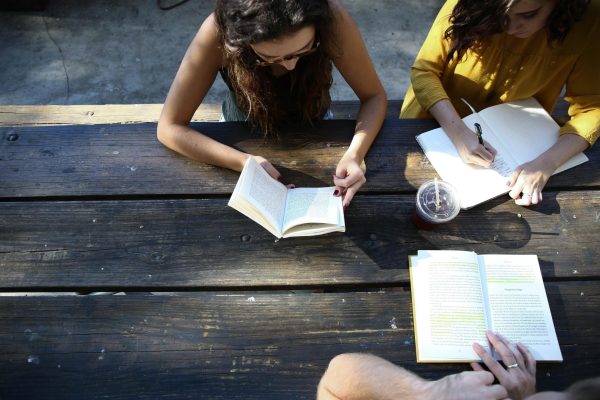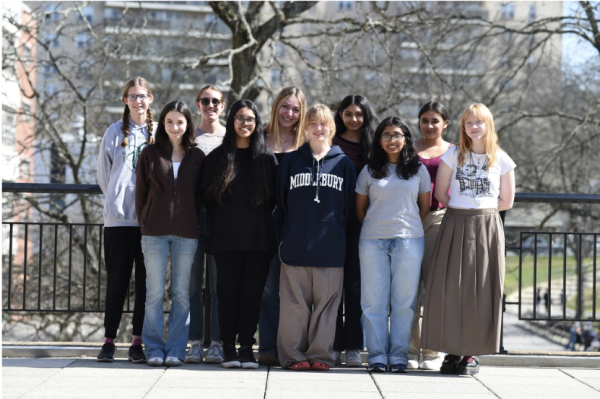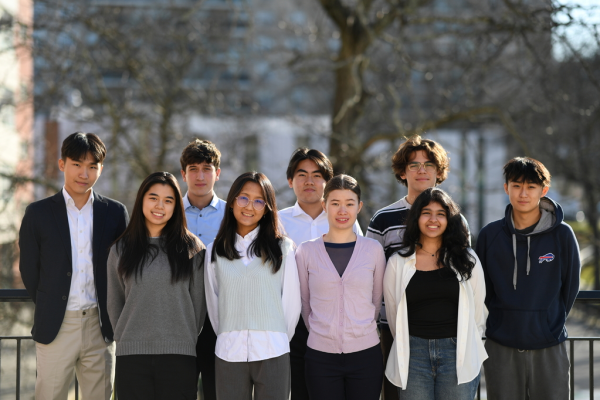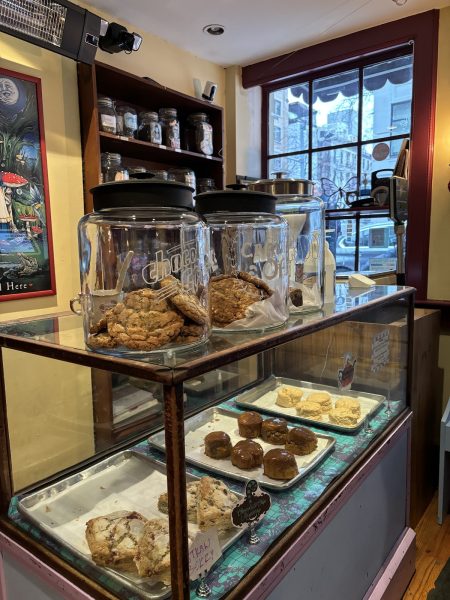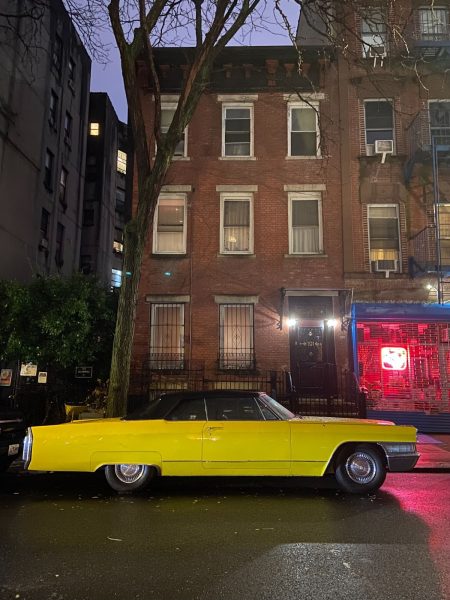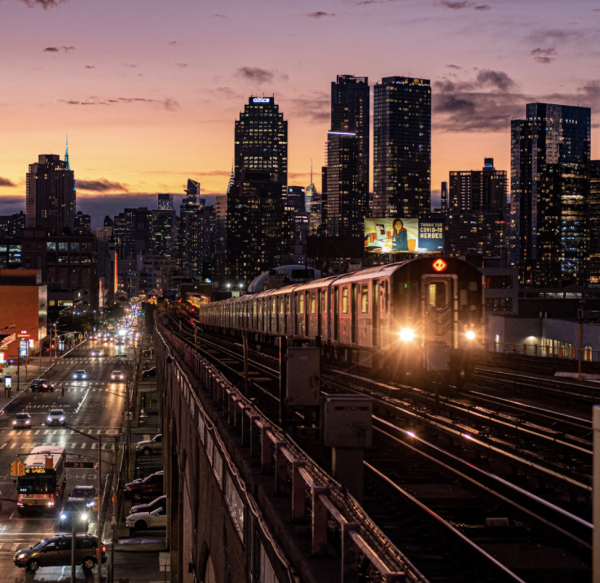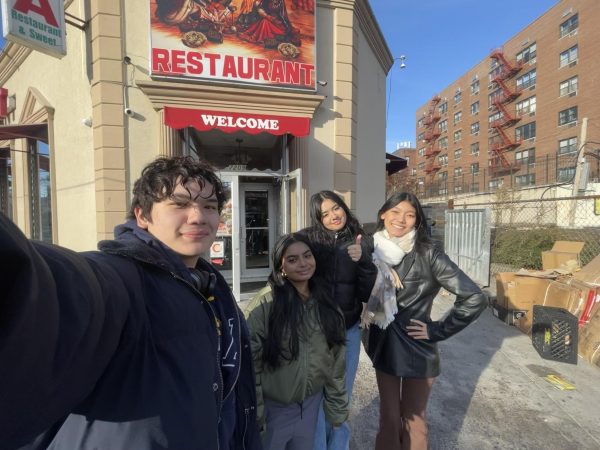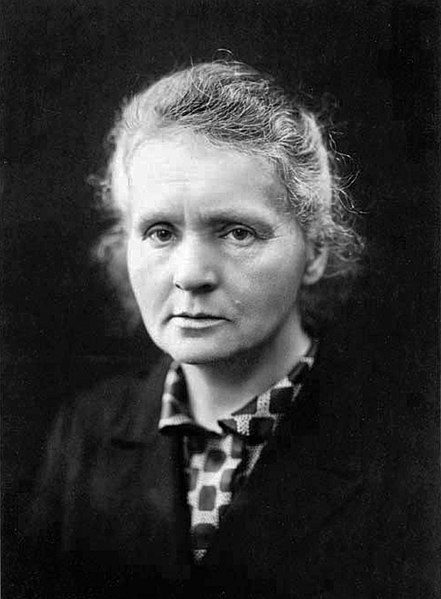1UP: Unity Through Urban Artistry
1 United Power is the most prolific organization of graffiti artists in all of Berlin. Their impressive videos and published stunt footage have popularized them far outside of Germany, and as a result, they have grown significantly since their original inception.
This is an apartment building in Berlin with 1UP’s signature “One United Power” phrase painted onto one of the blank walls of the structure. (Photo Credit: Singlespeedfahrer, CC0, via Wikimedia Commons)
The night creeps over all of Germany. The sun falls and the moon rises as the usual urban hustle and bustle comes to a close for the night. The train pulls into its final stops and sits dormant, as quiet as the darkness which surrounds it. Suddenly, multiple figures quickly jump out from the dark shadows, like creatures of the night. They rush to the train and disturb the silence with the hiss of their aerosol paint canisters. After just a few moments of carefully contorting and cooperating around the train walls to create a perfect work, they vanish back into the darkness from which they emerged.
The graffiti crew described above is nothing like Berlin’s “1 United Power”-1UP would paint over that same train in broad daylight, with twice as many artists, and in half the time.
1UP is a German graffiti group that formed in the late 1990s in the Kreuzberg district of Berlin. Like most graffiti groups, their actual origins and founding members are shrouded in mystery. It is unclear who began the project or how they catalyzed its expansion. Today, it is perhaps the most prevalent team of graffiti artists in Germany, creating their train murals and iconic tags that have become staples of street art internationally.
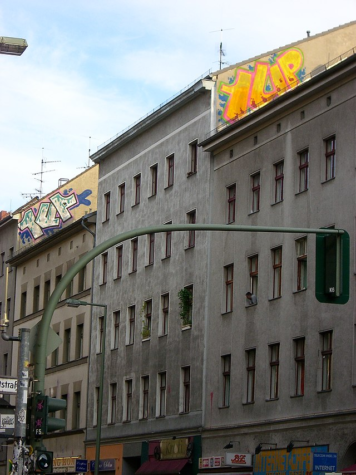
The vast majority of their works simply consist of the letters “1UP,” or, if the canvas allows, the phrase “One United Power.” They leave little room for interpretation as to the meaning of their art to the population of Berlin. Instead, the collective aims to express its strength and artistic influence through its letters and tags. The uniform phrase demonstrates cooperation and a shared appreciation for the art of graffiti writing. If 1UP was a singular artist acting alone to find success in the world of street art, then their actions would be entirely contradictory to the declaration of “one united power.” There is no “united power” without a devoted assembly of artists.
Their rapid expanse can be attributed to the hundreds of videos depicting the collective in action. Most of the footage in these videos consists of 1UP members running around the city, either in the dead of night or in broad daylight, with cameras, various spray canisters, rollers, and even fire extinguishers filled with paint.
These videos are not uploaded to a central channel, website, or organization, so they often spark public fascination with the group as well as the pieces they create. While some videos solely demonstrate the process of 1UP creating an intricate mural, others are entire short films dedicated to the group and how they function in the urban art scene of Berlin. These videos have gone viral, receiving millions of views. The group’s official Instagram page currently sits at 925,000 followers.
This crew blends both urban graffiti and athleticism to perform some of the most impressive stunts for the sake of art or creative expression. The aforementioned train murals involve lengthy periods of planning and preparation, which ultimately culminate in a three-minute window where the artists paint their respective portions of the mural, and then quickly flee the scene as law enforcement arrives.
Other stunts involve group members carefully cooperating to repel one or two individuals down the sides of commercial buildings in order for them to properly complete a huge mural. The advantage of such a dangerous canvas is that it will likely never be painted over by another graffiti artist. Their presence as a large crew as opposed to a small number of dedicated artists makes these performances more of a spectacle to display for the general public.
The team itself consists of presumably hundreds of men and women, mostly aged in their mid-20s to late 30s. This information was only attainable via interviews with members of the collective, many of whom chose to prioritize their anonymity over a chance at national attention. These interviews can be seen in the aforementioned short films which revolve around 1UP.
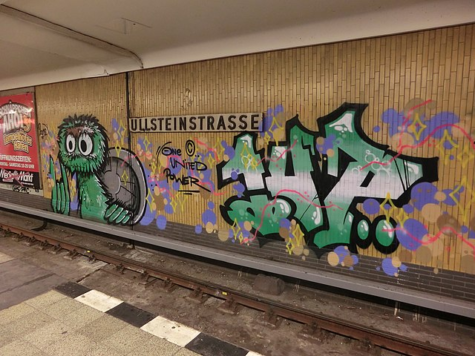
With such an explicitly illegal art form, it’s very important that members maintain anonymity, regardless of how popular the collective becomes. Even if the public is aware of 1UP’s antics and the spectacular nature of their stunts, the dangerous stunts that vandalize Berlin’s streets aren’t any more acceptable in the eyes of Berlin’s local authorities. They’ve essentially been breaking the law since the day that the very first “1UP” symbol was thrown up in the 1990s.
Technically, the group could currently be convicted of hundreds of criminal charges as well as a plethora of misdemeanors for their consistent vandalism on a grandiose scale. Unfortunately for law enforcement, there is no one to actually convict unless a member of 1UP comes forward with a confession, or any explicit identification is found. As a result, the collective is connected to a very low-priority investigation by German authorities.
This is just another example of how this graffiti collective differentiates itself from other well-known figures in the world of urban art. There is no individual face to 1UP, and you can’t actually place any sense of identity towards the creators of their art unless you watch the different documentaries and stunt videos posted online.
Other graffiti collectives like New York’s Guerilla Girls abandon this sense of mystery. They allow their audience to directly understand their values and what it is they are advocating for. This group fights against sexism and systematic racism. Their art includes direct calls for the representation of minority groups and independent female artists and their work is displayed in museums around the world.
1UP does not work in nearly the same way, as they have no concrete message to express or a cause to advocate for. Occasionally they might create murals that say something along the lines of “LEAVENOONEBEHIND,” but even this refers more to the nature of their dramatic stunts than it does a genuine political or social message for the people of Berlin.
With this distinction in mind, it’s incredibly important that we ponder what 1UP actually serves to accomplish as a collective. Should it even continue to exist, considering they’d rather spray-paint their own logo than push for some social justice or humanitarian cause?
The answer to this question is perfectly conveyed in the words of Dr. Block, a visual arts teacher, and lecturer in history at Princeton University.
“Collectives of urban artists are a very contemporary idea, and they haven’t really been a long-standing principle in the art world. Graffiti itself has existed since the birth of ancient civilizations like Pompeii, but collectives of graffiti artists are definitely a very modern concept in artistic expression. These collectives can exist for lots of different reasons, mostly for the ability to immediately convey a message to a mass audience without having to do official gallery art or wait for a chance at publication. These collectives are also usually coupled with the idea of guilds or democratization being necessary forces within urban artistry,” Dr. Block said.
The National Council for Social Studies defines a guild as “an association of craftsmen and merchants formed to promote the economic interests of their members as well as to provide protection and mutual aid.”
That is a perfect amalgamation of what 1UP truly symbolizes in the world of urban art. What they advocate for is much more nuanced than most other illustrious graffiti collectives.
It exists as a resource for the artists of Berlin who cannot or will not choose conventional art institutions to express themselves but are also at risk of being arrested for their attempts at working independently.
1UP seemingly resolves all of these detriments, as creating art in a unified organization is drastically different from traversing an urban environment alone, and routinely searching for accessible spaces to avoid law enforcement. 1UP can give anyone a voice, as long as they are devoted to the collective and are willing to abandon the idea that they need to act independently in order to garner recognition as an artist.
1UP is not only a recruitment call to the artists of Berlin who are left with little to no resources for artistic expression but is also a demonstration of what can be accomplished through cooperation and unified action in the art world.
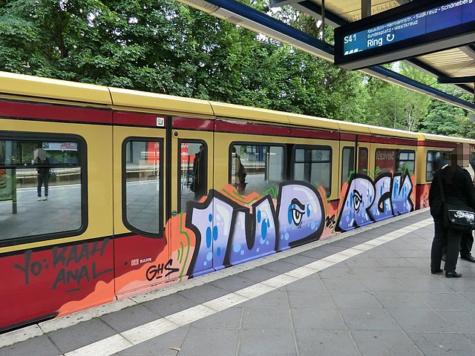
Whether you feel that the kind of work that 1UP creates is good art, bad art, or simply vandalism, it’s undeniable that it has created a community of people in Berlin who confidently enjoy the production of these pieces. Due to its ability to unify people in an especially unique way, the graffiti that 1UP puts on display is undeniably protected under the terms of being “art,” and it’d be foolish to brush it off as only vandalism. Whether the quality of that art is good enough to be as celebrated as it currently is relatively subjective.
The protection provided by being a member of an established guild is exactly what makes 1UP so appealing to the street artists of Germany. They feel unstoppable when they are decorating the side of a massive structure with the words “One United Power,” solely because they are connected with a society of artists who see the art world through the same artistic lens. This society is not just some strange collaboration by the reckless youth of Germany. There are 1UP members who are actually senior citizens or are completely law-abiding citizens outside of street art. Whether old or young, nearly all of them are chasing after the rush of perceived invincibility.
Obviously, this feeling of immortality is far from the truth. They could be arrested at any time, or 1UP could simply phase out of the limelight as the art world continues to evolve rapidly. It doesn’t matter how big the murals get or if there’s a “1UP” symbol on every building in Berlin; all it takes is a small number of members to come forward and provide the police with information like hideout locations or the names of leading artists in the collective for the whole operation to come crashing down.
Regardless, as long as those members are unified, and as long as there is a blank canvas in the form of a public wall or train cart, 1UP and other collectives that share the same artistic ideology will always be there with aerosol spray paint canisters and video cameras to share their passion with the world.
The protection provided by being a member of an established guild is exactly what makes 1UP so appealing to the street artists of Germany.
Aaqib Gondal is a Copy Chief for ‘The Science Survey,' where he is responsible for the review and revision of different pieces written by his classmates....


